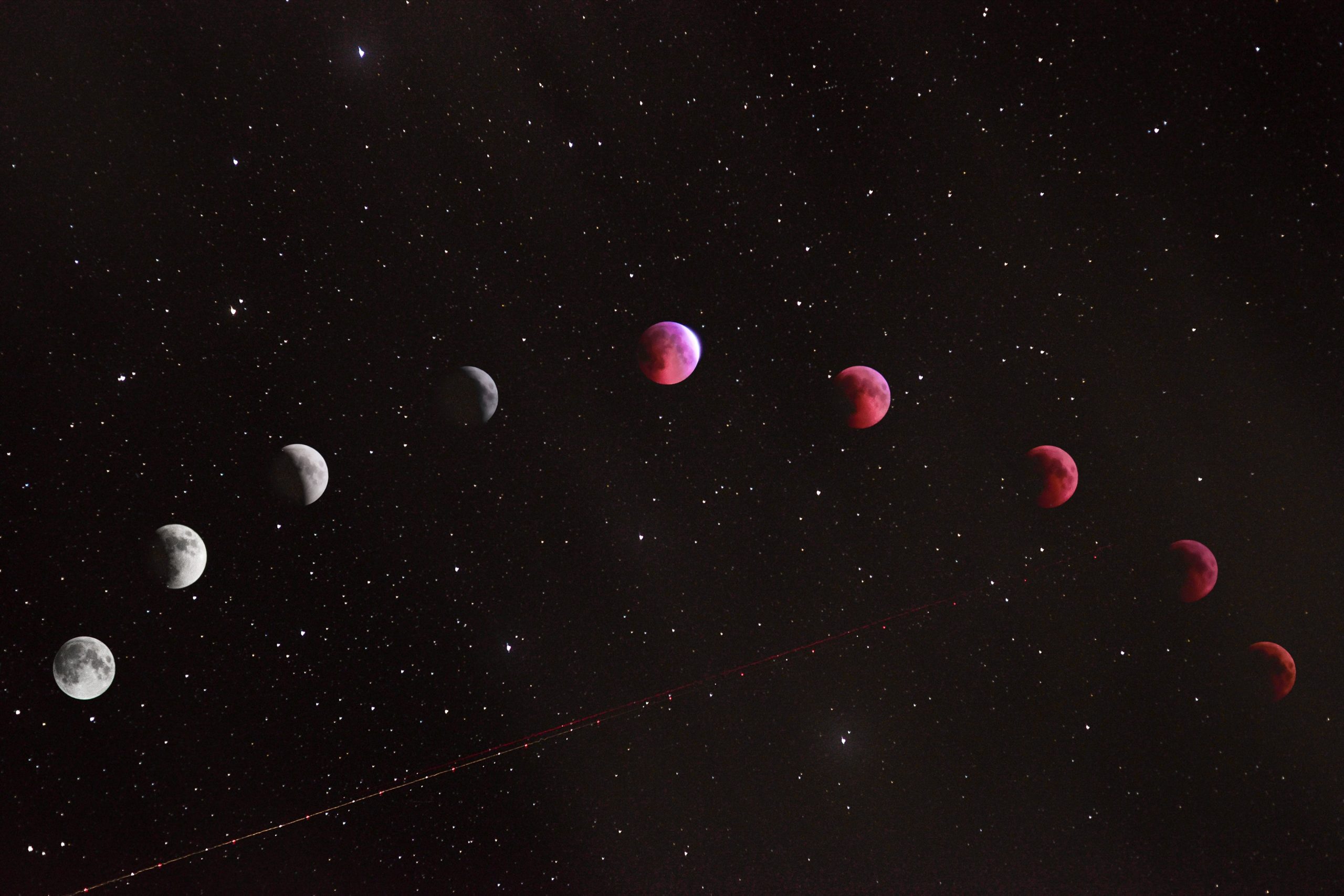How to Understand Tarot: A Comprehensive Guide
For centuries, tarot cards have been used as a tool for divination, self-reflection, and gaining insight into various aspects of life. But understanding tarot can be a daunting task, especially for beginners. With its intricate symbolism and mystical aura, it’s easy to feel overwhelmed. But fear not! In this comprehensive guide, we will break down the basics of tarot, explore its history, discuss the meaning behind the cards, and provide helpful tips on interpreting them. So grab your deck, shuffle the cards, and let’s embark on an exciting journey into the world of tarot!
The History of Tarot
Before delving into interpreting tarot cards, it’s essential to understand their origins. Tarot cards were first introduced in Europe during the 14th century as playing cards. It wasn’t until the 18th century that tarot started being associated with esoteric and occult practices. During the late 19th and early 20th centuries, the Hermetic Order of the Golden Dawn significantly influenced the modern interpretation and usage of tarot. Today, tarot is widely recognized as a powerful tool for self-exploration, personal growth, and divination.
The Structure of a Tarot Deck
A standard tarot deck consists of 78 cards, divided into two main categories: the Major Arcana and the Minor Arcana. The Major Arcana consists of 22 cards, each representing significant life themes or archetypes. These cards are often considered the heart and soul of a tarot deck. On the other hand, the Minor Arcana consists of 56 cards, further divided into four suits: Wands, Cups, Swords, and Pentacles. Each suit has ten numbered cards (ace to ten) and four court cards (Page, Knight, Queen, and King).
The Major Arcana
The Major Arcana cards carry powerful messages and depict key life events, lessons, or spiritual journeys. Each card in this section has a unique name and symbolism. Understanding the energy and meaning behind the Major Arcana cards is crucial for grasping the essence of a tarot reading.
| Major Arcana Card | Meaning |
|---|---|
| The Fool (0) | New beginnings, spontaneity, innocence. |
| The Magician (I) | Manifestation, power, resourcefulness. |
The Minor Arcana
The Minor Arcana cards reflect the everyday aspects of life and offer insights into specific situations or patterns. While each card carries its individual meaning, the suits also convey distinctive energies and themes.
Wands
The Wands suit represents creativity, inspiration, ambition, and spiritual journeys.
- Ace of Wands: Creative potential, new beginnings.
- Two of Wands: Planning, making decisions.
Cups
The Cups suit signifies emotions, intuition, relationships, and matters of the heart.
- Ace of Cups: Emotional fulfillment, new relationships.
- Two of Cups: Love, harmony, partnership.
Swords
The Swords suit represents thoughts, communication, challenges, and conflicts.
- Ace of Swords: Mental clarity, breakthroughs.
- Two of Swords: Indecision, difficult choices.
Pentacles
The Pentacles suit relates to material wealth, abundance, career, and practical matters.
| Pentacles Card | Meaning |
|---|---|
| Ace of Pentacles | New opportunities, prosperity. |
| Two of Pentacles | Balance, juggling responsibilities. |
Interpreting Tarot Cards
Now that we’ve familiarized ourselves with the structure and symbolism of the tarot deck, let’s explore some essential tips for interpreting tarot cards:
- Trust your intuition: Tarot is a powerful tool that integrates symbolism, intuition, and personal experiences. Pay attention to your gut feelings when interpreting the cards.
- Acknowledge the card’s position: The position of a card in a tarot spread can provide additional insights into its meaning. Consider the card’s relationship with the overall context.
- Look for patterns: Notice recurring themes, symbols, or colors in the cards. These patterns can offer deeper understanding and connections.
- Consider both upright and reversed meanings: Tarot cards can appear in a reading either upright or reversed. Reversed cards often suggest a challenge or a different perspective.
- Practice regularly: Tarot is an art that gets better with practice. Engage in consistent self-study, experimentation, and reflection to sharpen your skills.
Remember, interpreting tarot cards is a deeply personal and subjective process. Each reader brings their own unique perspective and energy to the cards, resulting in diverse interpretations.
Conclusion
Understanding tarot may seem intricate at first, but with patience and practice, anyone can develop a deep connection with the cards. By exploring the history, structure, and symbolism of tarot, and by employing intuitive techniques for interpretation, you can embark on a transformative journey of self-discovery and spiritual growth. So, embrace the magic of tarot, trust your intuition, and let the cards guide you towards wisdom and enlightenment!
Table of Contents
